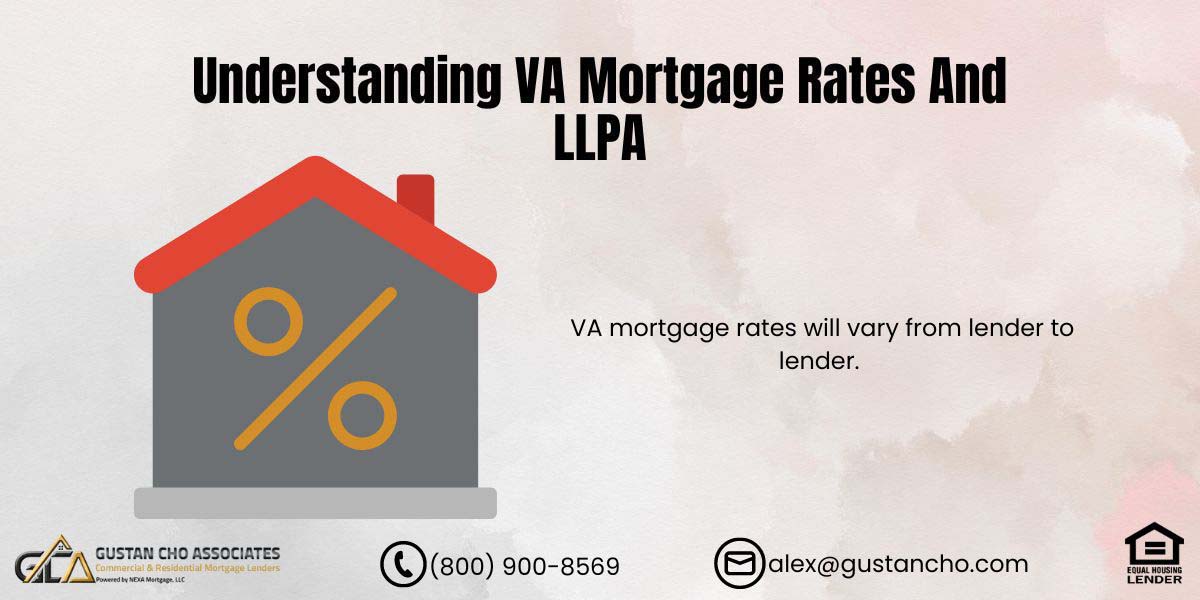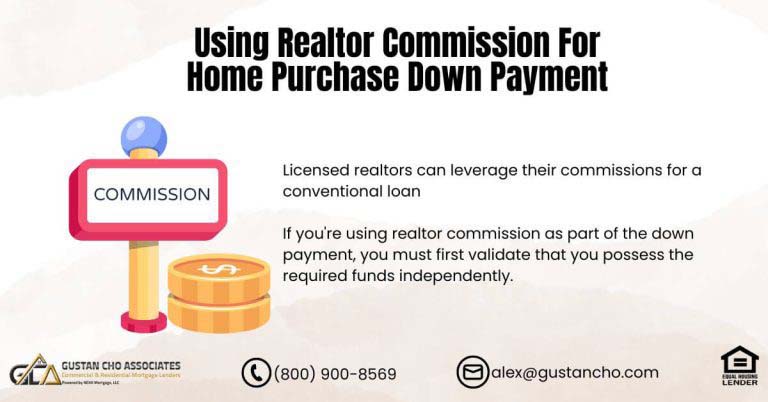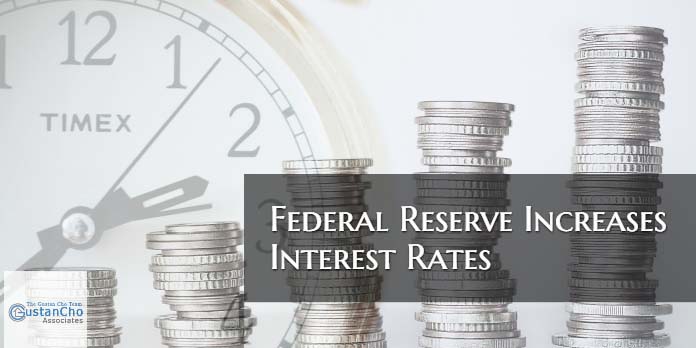This Article Is About Understanding VA Mortgage Rates And Loan Level Pricing Adjustments
VA loans are the best home mortgage program in the United States.
The government has created and launched VA loans decades ago to reward qualified members of our U.S. Military to reward them for their service to our country. Only select qualified active-duty and/or retired members of the United States Armed Services with a valid Certificate of Eligibility (COE) are eligible for VA loans. Benefits of VA mortgages are prices.
Understanding VA Mortgage Rates is very important. The VA offers one of the lowest mortgage rates out of any loan program. VA loans do have loan level pricing adjustments like other loan programs. Many borrowers think that all VA mortgage rates are the same due to the government guarantee. This is not true.
Comparing And Understanding VA Mortgage Rates
Comparing and Understanding VA Mortgage Rates is very important for borrowers when shopping for rates on VA loans.
The VA does not mandate a minimum credit score requirement as long as borrowers can get an approve/eligible per automated underwriting system. However, lenders can require a minimum credit score requirement on VA loans as part of their lender overlays. Overlays are higher credit requirements that are above and beyond the minimum VA Agency Guidelines.
The VA does not have a maximum debt to income ratio cap. However, lenders can require a maximum debt to income ratio cap as part of their lender overlays. There is no maximum loan limit on VA loans.
Again, lenders can create and implement a maximum VA loan limit cap as part of their lender overlays. However, VA mortgage rates will vary from lender to lender. VA rates are mainly determined by credit scores, type of property, loan amount, type of VA loans, and other determinants that we will discuss in the following paragraphs. Gustan Cho Associates are one of the very few national lenders with no lender overlays on VA loans.
Wondering How VA Mortgage Rates and LLPAs Affect Your Home Loan? Let’s Help You Understand!
Contact us today to learn how LLPAs work and how they can affect your rate and overall mortgage costs.Understanding VA Mortgage Rates On Refinances
It’s important to understand VA mortgage rates when refinancing your loan. Many homeowners ask why cash-out refinances have higher rates than rate and term refinances. This difference comes from something called loan level pricing adjustments, or LLPAs. Lenders use LLPAs to manage the risks associated with different types of loans.
Higher risks for lenders lead to higher mortgage rates. Cash-out refinances are seen as high-risk loans compared to rate and term refinances. As a result, if you choose a cash-out refinance with a VA loan, you will face higher rates than a rate and term refinance.
Does LLPA Affect VA Mortgage Rates?
Understanding VA Mortgage Rates: Do LLPAs Affect VA Home Loans and Refinance Rates?
Loan-Level Price Adjustments (LLPAs) do not affect VA mortgage rates or VA refinance rates. Understanding VA mortgage rates is crucial for veterans and active-duty service members considering VA home loans. Unlike conventional loans, VA home loans are not subject to LLPAs. The VA (Department of Veterans Affairs) guarantees these loans, allowing a lender to offer a competitive rate for home loans without the additional risk-based pricing adjustments common in conventional loans.
For those exploring the rate for home loan options through VA programs, it’s essential to know that VA refinance loans, including Interest Rate Reduction Refinance Loans (IRRRLs) and VA cash-out refinances, also remain unaffected by LLPAs.
The competitive nature of VA home loans and refinance rates stems from several factors:
- Lender Policies: Lenders may offer varying rates based on their policies and market strategies.
- Market Conditions: General interest rate trends and economic conditions can impact the rates offered on VA home loans and refinance loans.
- Borrower’s Financial Profile: While VA loans are more lenient, factors such as credit score and overall financial health can still affect the rates offered, although they do not incur specific LLPAs.
Overall, VA home loans provide significant advantages to eligible veterans and active-duty service members, including typically lower interest rates and the absence of LLPAs. Understanding VA mortgage rates helps borrowers make informed decisions and maximize the benefits of VA loan programs.
Changes In VA Agency Mortgage Guidelines

The VA Circular 26-18-30, effective February 15, 2019, updated the guidelines for VA mortgages. Here’s a more straightforward overview of the changes:
1. Loan-to-Value (LTV) Ratio Change:
You can get up to 90% of your home’s value with a VA cash-out refinance. For example, if your home is worth $200,000, you can refinance for up to $180,000.
2. Net Tangible Benefit Test:
This new rule ensures that refinancing is beneficial. You must show that the new loan offers advantages like a lower interest rate, smaller monthly payments, or better terms.
3. Fee Recoupment:
If you choose a Type I cash-out refinance, pay off any fees within three years. The savings from your new loan should cover these costs during that time, so it’s a smart financial choice.
These updates aim to make the loan process fairer and more beneficial for borrowers.
Borrowers Need To Meet The VA Net Tangible Benefit Test
Borrowers need to get a benefit to be able to refinance on VA loans. This holds especially true on cash-out refinances. Borrowers need to meet at least one of the eight lists of the net tangible test criteria. Here is the list of net tangible benefits for borrowers:
- Eliminating the mortgage insurance on a current loan
- VA loans do not have annual mortgage insurance requirements
- The new VA loan term being shorter
- The benefit of lower interest rates
- The new housing payment is lower than the loan being refinanced
- The borrower benefits from a larger residual income by refinancing
- The borrower needs the funds to repair and/or renovate the home
- The borrower is refinancing an adjustable-rate mortgage to a fixed-rate mortgage
For more information about net tangible benefits and whether a refinance is beneficial, please contact us at Gustan Cho Associates at 800-900-8569 or text us for a faster response. Or email us at alex@gustancho.com.
Ready to Secure a VA Mortgage? Understand How LLPAs Can Affect Your Rate!
Reach out now to explore how LLPAs affect your rate and get expert guidance on securing the best deal.VA Agency Mortgage Guidelines And Requirements
There are two main types of guidelines for VA mortgages:
- Minimum Guidelines from the VA: These are the basic rules set by the Veterans Administration.
- Lender Overlays: These are extra requirements that individual lenders can add on top of the VA’s guidelines.
Think of it like a cake recipe. The VA’s minimum guidelines are the essential ingredients to make a basic cake: flour, sugar, and eggs. Lender overlays are optional toppings or fillings that each baker might choose to add, such as frosting or sprinkles. Just as different bakers might have other toppings, different lenders can have varying overlays. However, everyone still needs to start with that same base recipe from the VA!
Understanding VA Refinance Rates
VA loans has the lowest mortgage rates. Many times, VA rates are lower than any other loan programs. However, mortgage rates on VA loans depend on loan level pricing adjustments.
Examples of loan level pricing adjustment or pricing hits on VA mortgage rates are the following:
- Credit scores
- Type of property: Single-family homes, condos, townhouses, 2 to 4 unit multi-family homes
- Cash-out versus rate and term refinance
- Loan size
- County and state
- Manual versus automated underwriting system
- Loan to value
- Lock period
- Lender paid versus borrower-paid
- Other layered risks by lenders
Mortgage rates on cash-out refinance is higher than rate and term refinance due to higher risks.
Closing Costs On VA Loans
Like other mortgage programs, VA loans have closing costs when you buy or refinance a home. A unique cost for VA loans is the VA funding fee.
For VA cash-out refinances, the funding fee is currently:
– Regular military personnel pay 2.15% for the first use and 3.3% for subsequent uses.
– Reserve and National Guard personnel pay 2.4% for the first use and 3.3% for subsequent uses.
To calculate the funding fee, multiply the percentage by the total mortgage loan amount. The cash-out funding fee for VA mortgages is added to the loan balance and financed.
Refinance Seasoning Guidelines On VA Loans
Borrowers with lower credit scores can close on their VA loans and refinance it at a later date once they improve their credit scores. Credit scores are the single biggest determinant of VA mortgage rates. However, there is a waiting period after closing on a VA loan for borrowers to be able to refinance. Borrowers need to wait 210 days from the first payment have passed, and 6 months of payments have been made on the original.
FAQs: Understanding VA Mortgage Rates And LLPA
Q: What are VA Home Loans?
A: The U.S. Department of Veterans Affairs (VA) guarantees VA home loans, which are mortgage loans intended to assist veterans, active-duty service members, and some National Guard and Reserve members in purchasing homes with advantageous terms and competitive interest rates.
Q: What Makes VA Home Loans the Best Mortgage Program?
A: VA home loans offer several benefits, including no down payment requirements, no private mortgage insurance (PMI), competitive interest rates, and lenient credit requirements. These loans are available only to eligible veterans and active-duty service members with a valid Certificate of Eligibility (COE).
Q: Do VA Mortgage Rates Include Loan-Level Price Adjustments (LLPAs)?
A: No, VA mortgage rates do not include LLPAs. Unlike conventional loans, VA loans are not subject to LLPAs. This means that factors typically considered for LLPAs, such as credit score, loan-to-value ratio, and property type, do not impact VA mortgage rates.
Q: How are VA Mortgage Rates Determined?
A: VA mortgage rates are influenced by lender policies, market conditions, and the borrower’s financial profile, including credit score and overall financial health.
Q: Why Might Cash-Out Refinance Rates be Higher Than Rate and Term Refinance Rates for VA Loans?
A: Cash-out refinance loans are considered higher risk compared to rate and term refinances. Lenders usually apply higher interest rates on cash-out refinances to offset the added risk.
Q: What are the Recent Changes to VA Mortgage Guidelines?
A: VA mortgage guidelines have recently changed. The LTV on VA cash-out refinances is now 90%, down from 100%. Borrowers must meet one of the eight criteria for net tangible benefits to qualify, and there is a 36-month fee recoupment period for Type I cash-out refinances.
Q: How Can I Better Understand VA Mortgage Rates?
A: Understanding VA mortgage rates involves comparing rates from different lenders, considering market conditions, and assessing your financial profile. It’s essential to shop around and understand the factors that influence the rates offered to you.
Q: Are There Any Fees Specific to VA Loans?
A: The VA funding fee is associated with VA loans, and the amount depends on the type of loan and the military category of the borrower. This fee can be included in the amount by financing the loan.
Q: How do Lender Overlays Impact VA Mortgage Rates?
A: Lender overlays are additional requirements that lenders impose above the minimum VA guidelines. These overlays can affect credit score requirements, debt-to-income ratios, and other factors, potentially impacting the mortgage rates offered.
Q: Can I Refinance My VA Loan if My Credit Score Improves?
A: Yes, borrowers with lower credit scores can refinance their VA loans once they improve. However, a seasoning requirement is 210 days from the first payment and six months of payments made on the original loan.
For more information about VA loans and qualifying with a lender with no lender overlays, please contact us at Gustan Cho Associates at 800-900-8569 or text us for a faster response. Or email us at gcho@gustancho.com.
This blog about Understanding VA Mortgage Rates And LLPA was updated on July 1st, 2025.









